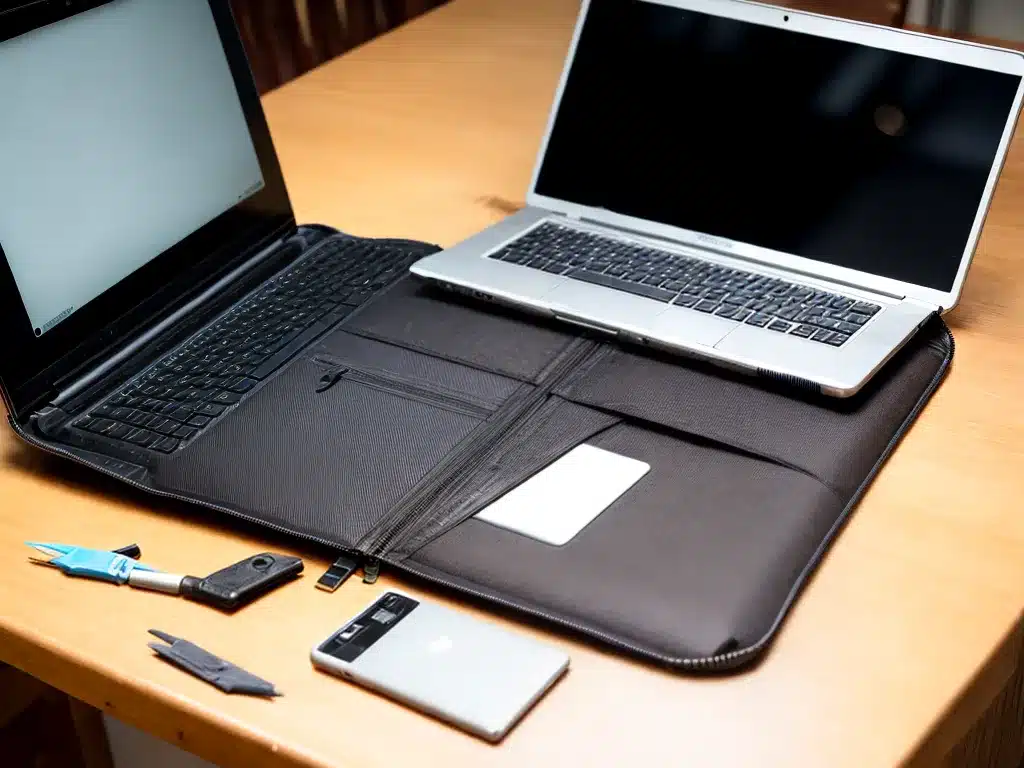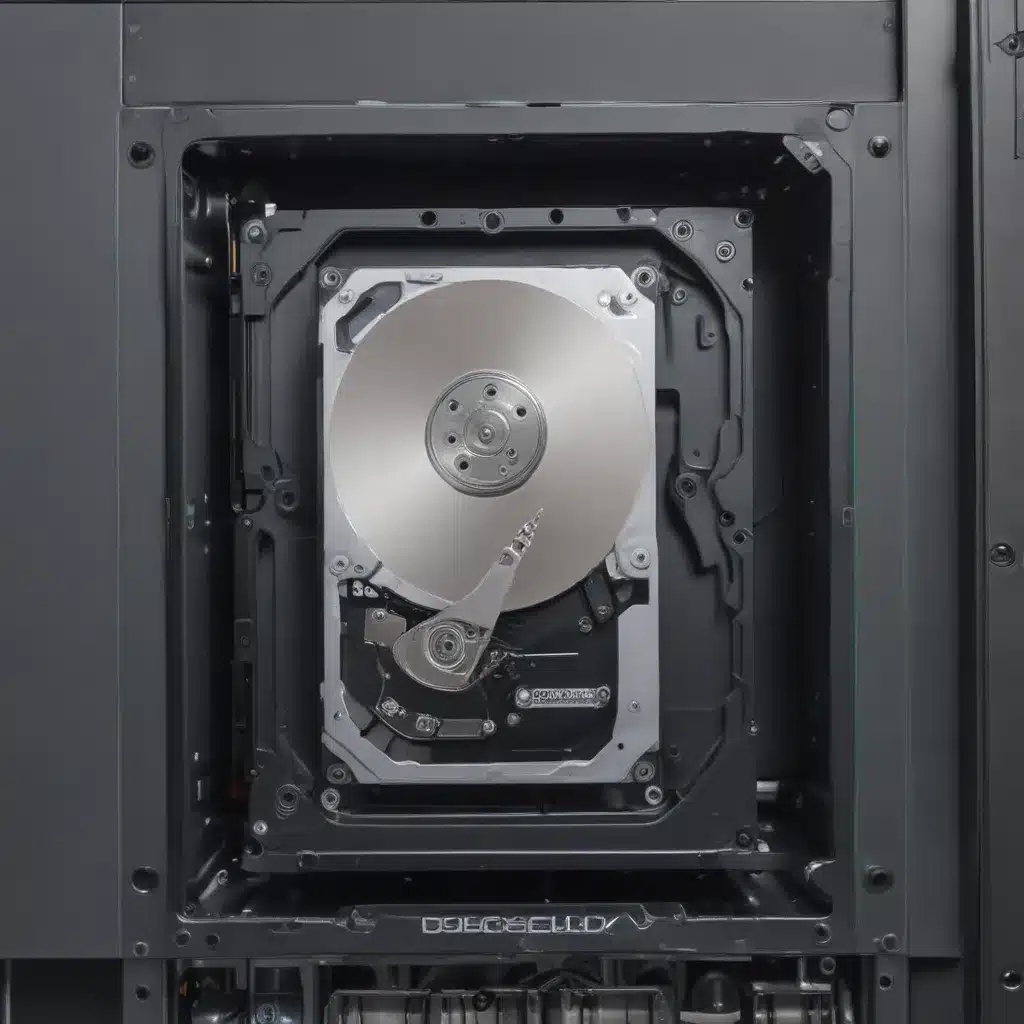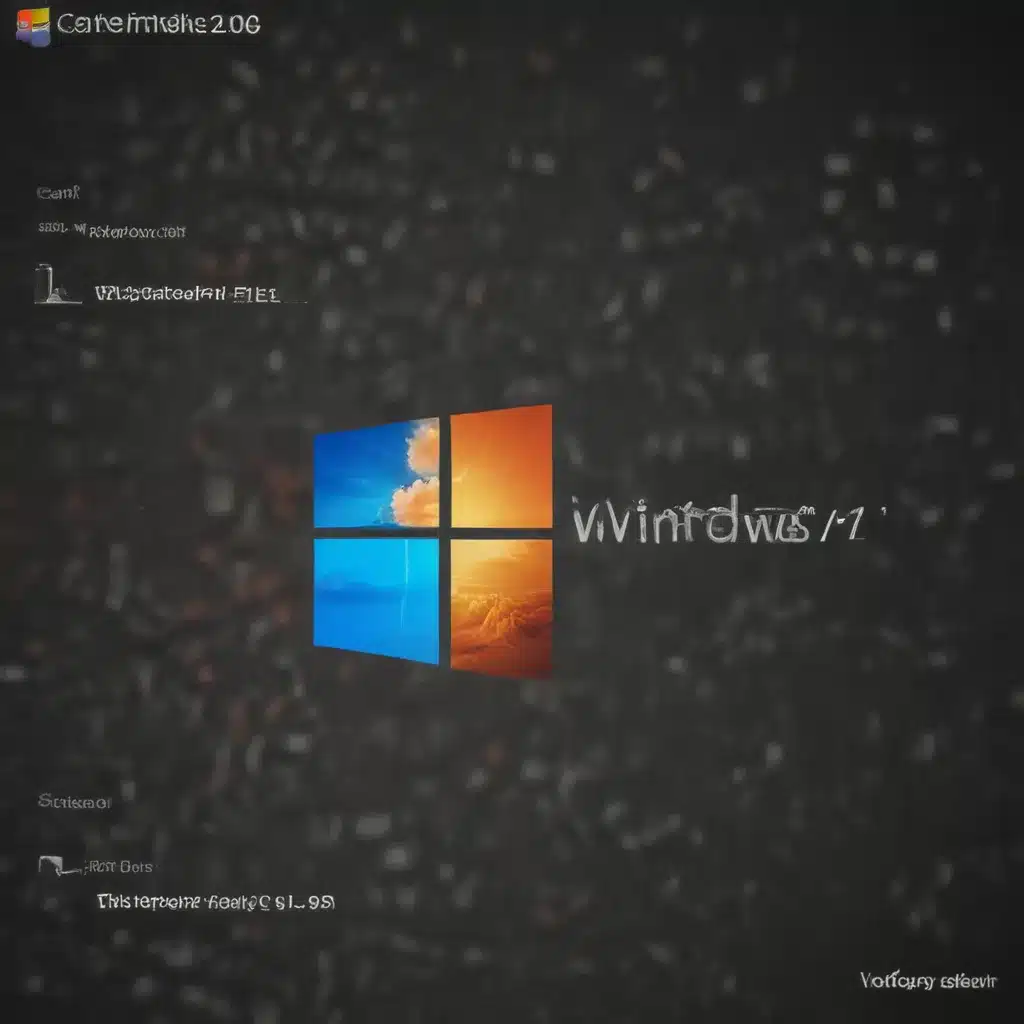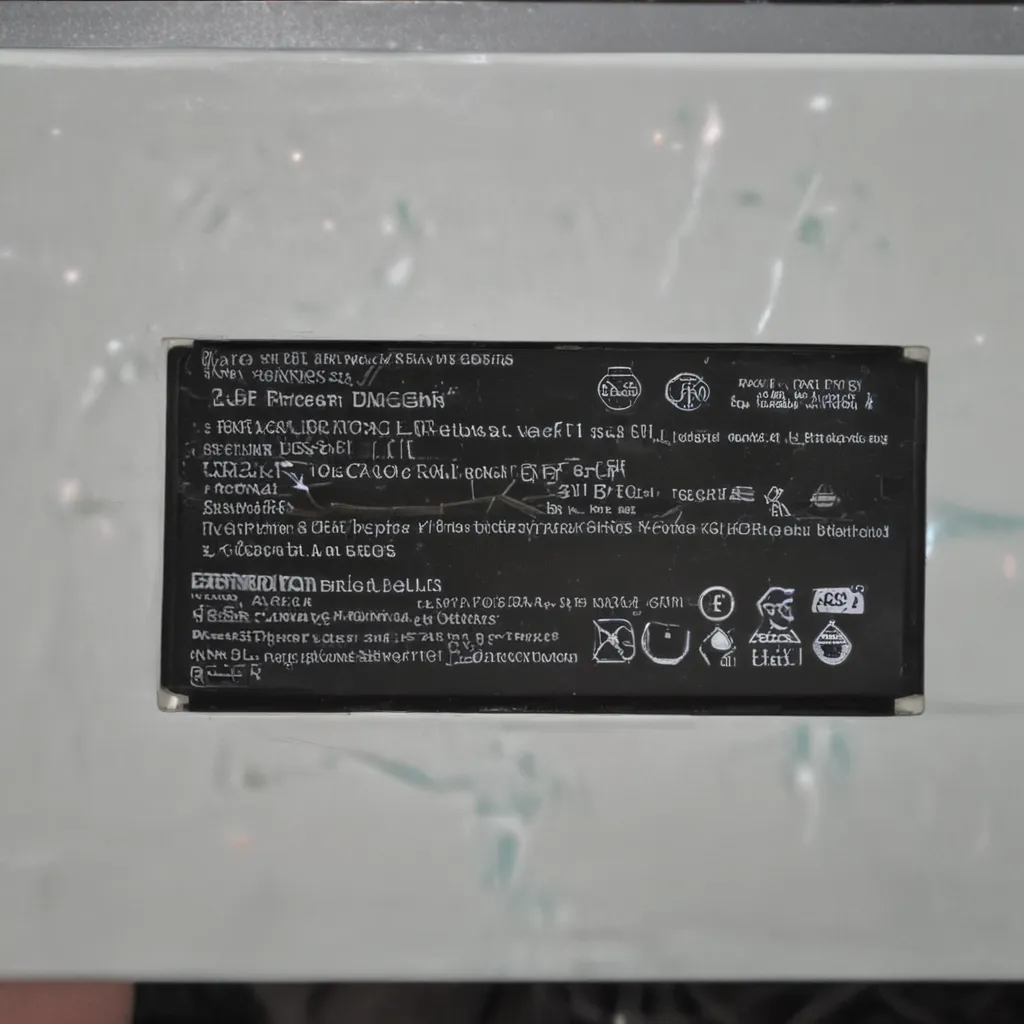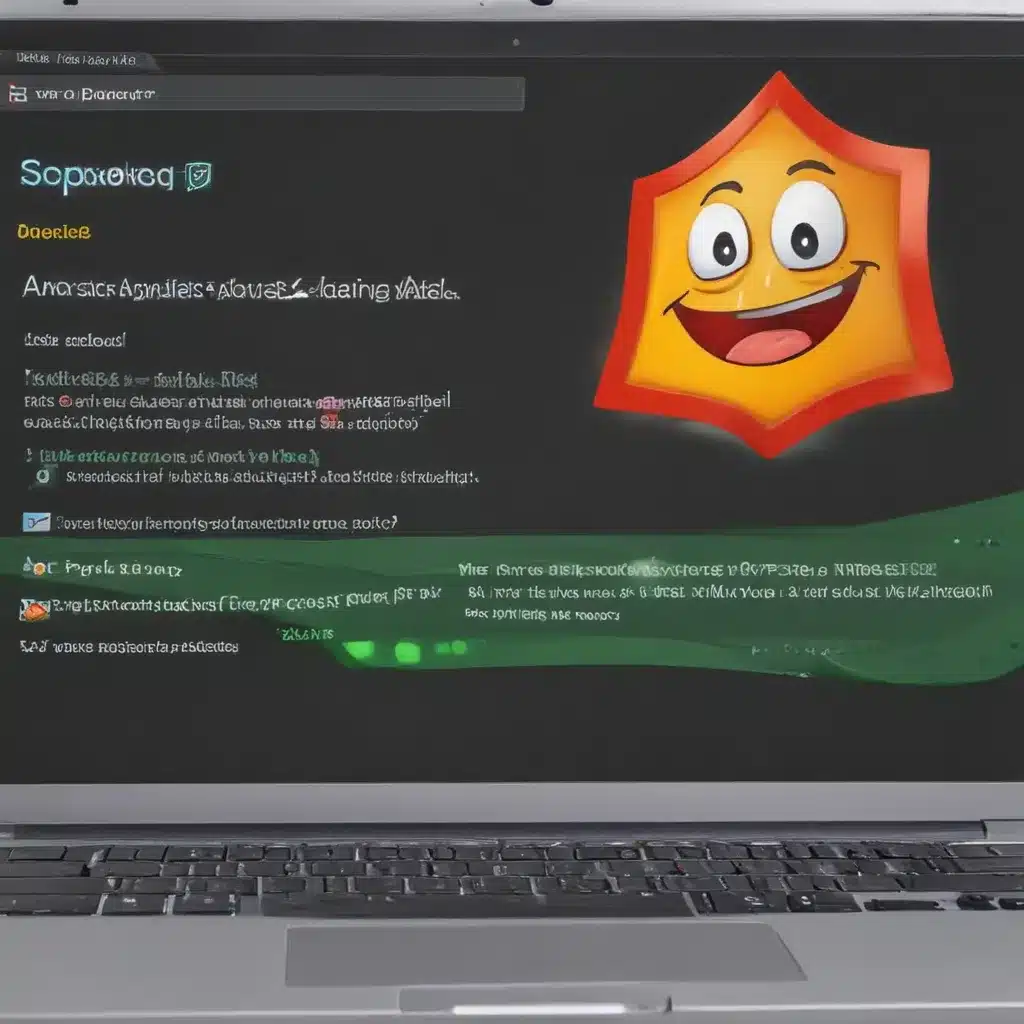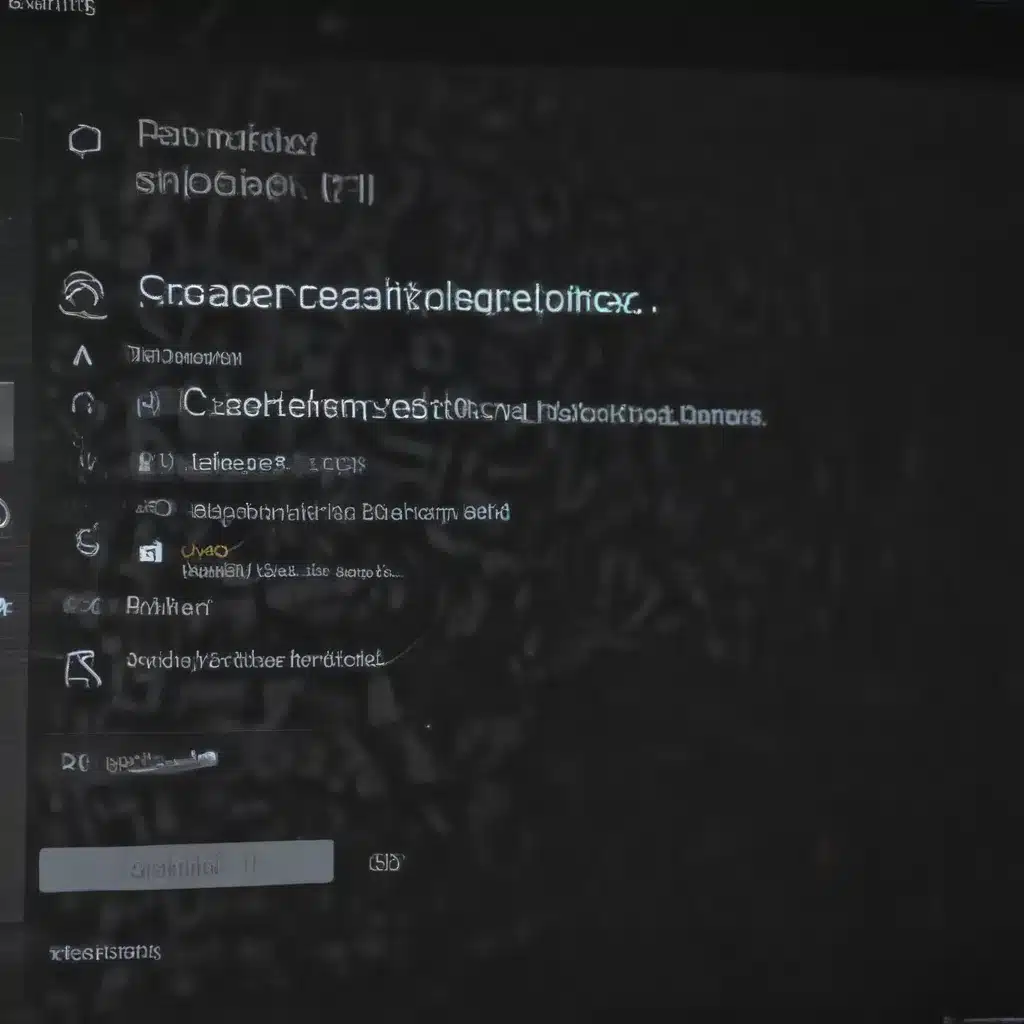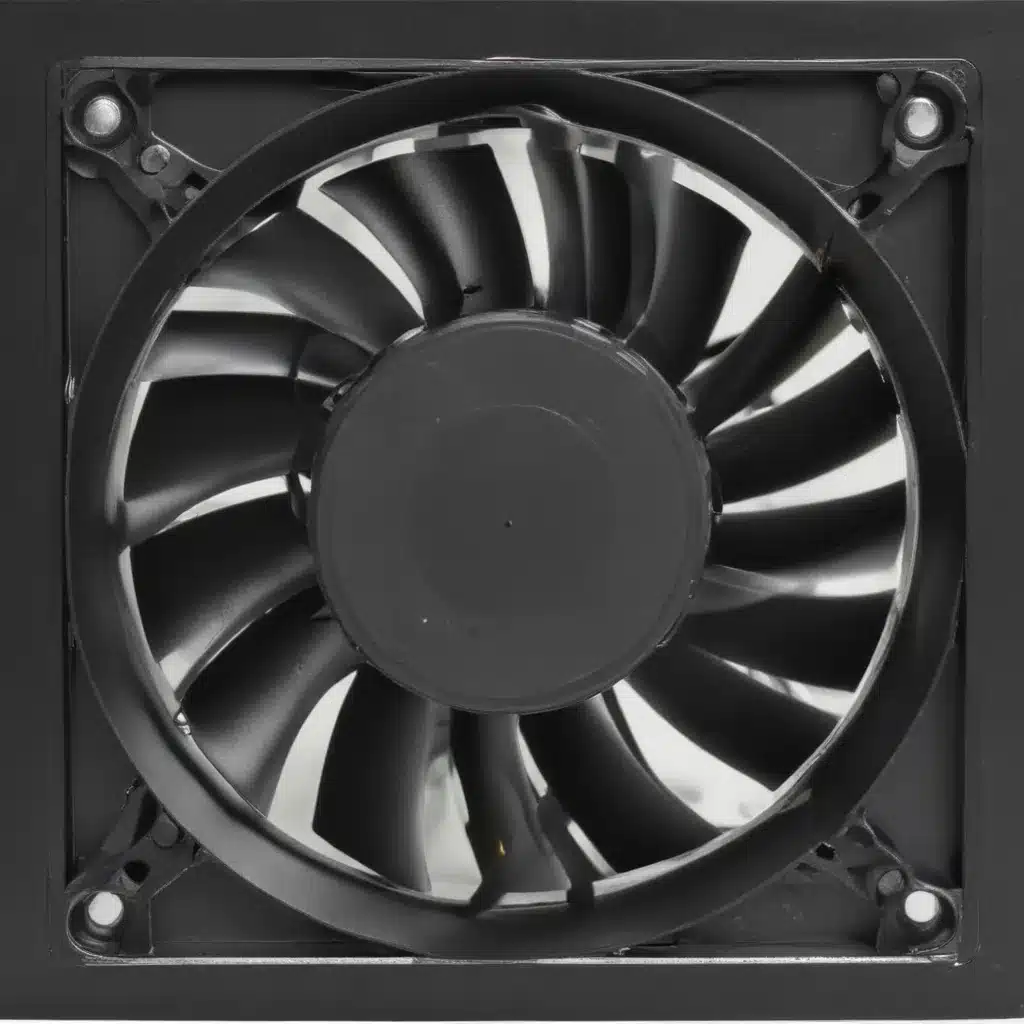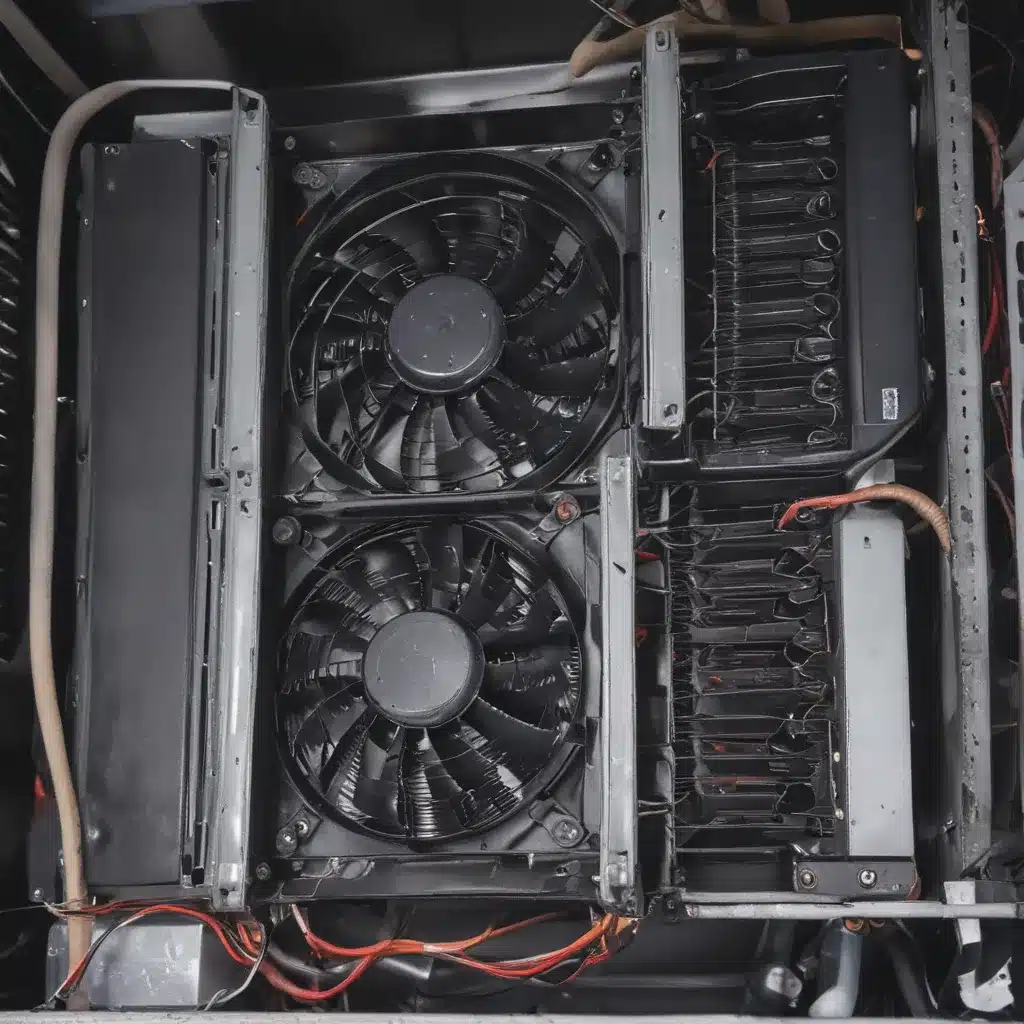Having a cracked laptop case can be frustrating. The cracks can look unattractive, allow dirt inside, and potentially damage internal components. Luckily, there are several DIY methods you can try to repair a cracked laptop case on your own.
Assess the Damage
The first step is to thoroughly inspect the cracks in your laptop case. This will help you determine the best repair method.
-
Look at the size and location of the cracks. Are they large or small? Are they located on the bottom, sides, corners, or lid of the case? Larger cracks or ones near moving parts like hinges will be more challenging to repair.
-
Check if the cracks go all the way through the case. Surface cracks or scratches may be easier to fill compared to cracks that penetrate deep into the case.
-
See if any pieces have broken off around the cracks. Missing plastic pieces will need to be replaced or filled for the best structural repair.
-
Determine if the cracks are causing any issues like exposing internal components to outside elements. This can help prioritize the repair.
Clean the Damaged Area
Before attempting to repair the cracked laptop case, thoroughly clean the damaged area. This will allow the repair materials to properly adhere to the plastic case.
-
Use rubbing alcohol and a microfiber cloth to clean out any dirt or debris in the cracks.
-
You can also use compressed air to blow out any particles stuck in the cracks.
-
Be sure the area is completely dry before applying any adhesives or epoxy fillers.
Use Adhesives for Small Cracks
For small surface cracks that do not penetrate deep into the case, cyanoacrylate adhesives (super glue) can serve as a quick fix.
-
Apply a small amount of super glue over the crack and allow it to dry. Be careful not to get glue on other areas.
-
The glue will bond the edges of the crack together for a smoother finish.
-
Adhesives may not be the strongest long-term solution but can help seal out dirt and debris.
Apply Epoxy Putties for Larger Cracks
For larger cracks or ones with missing plastic pieces, applying epoxy putties or fillers can rebuild the structure of the case.
-
Knead the putty and press it firmly into the deeper cracks so it fills the gaps and holes.
-
Try to match the shape of the original plastic piece as best as possible.
-
Allow the epoxy to fully cure as directed, often overnight.
-
Sand and paint the putty for the best color match with the rest of the case.
Use Plastic Weld Compounds
For severe cracks, cracks at pivot points, or cracks with large missing pieces, plastic welding compounds provide very strong repairs.
-
Clean and roughen the surfaces of the cracks with sandpaper so the repair material can form a strong bond.
-
Apply the plastic filler and use the welding tip to melt the original plastic. Fill any gaps.
-
Once cooled, the welded plastic leaves virtually invisible repairs. The bonds are very durable.
Replace Major Case Sections
If the damage to the laptop case is too extensive, replacing major case sections may be necessary. Many spare case parts can be found online for common laptop models.
-
Order the specific bottom, top, or display lid case section that needs replacing.
-
Carefully pry apart the laptop to access and remove the damaged section.
-
Secure the new case section in place with screws. Apply new adhesive or sealant if needed.
-
Replace any small parts like rubber feet, inserts, or plugs for a complete repair.
Prevent Future Damage
To help prevent future cracks and breaks in your laptop case, consider these tips:
-
Use a protective case or sleeve when transporting your laptop.
-
Avoid overstuffing laptop bags which puts pressure on the case.
-
Open and pick up the laptop properly to avoid twisting or torque on the chassis.
-
Keep the laptop on flat, stable surfaces and avoid drops.
-
Clean the case gently using microfiber cloths rather than abrasive wipes.
With the right materials and techniques, you can often extend the life of a cracked laptop case through DIY repairs. But for severe damage, replacement may be the best option for optimal protection and appearance. Handle your laptop with care to avoid cracks in the first place.

